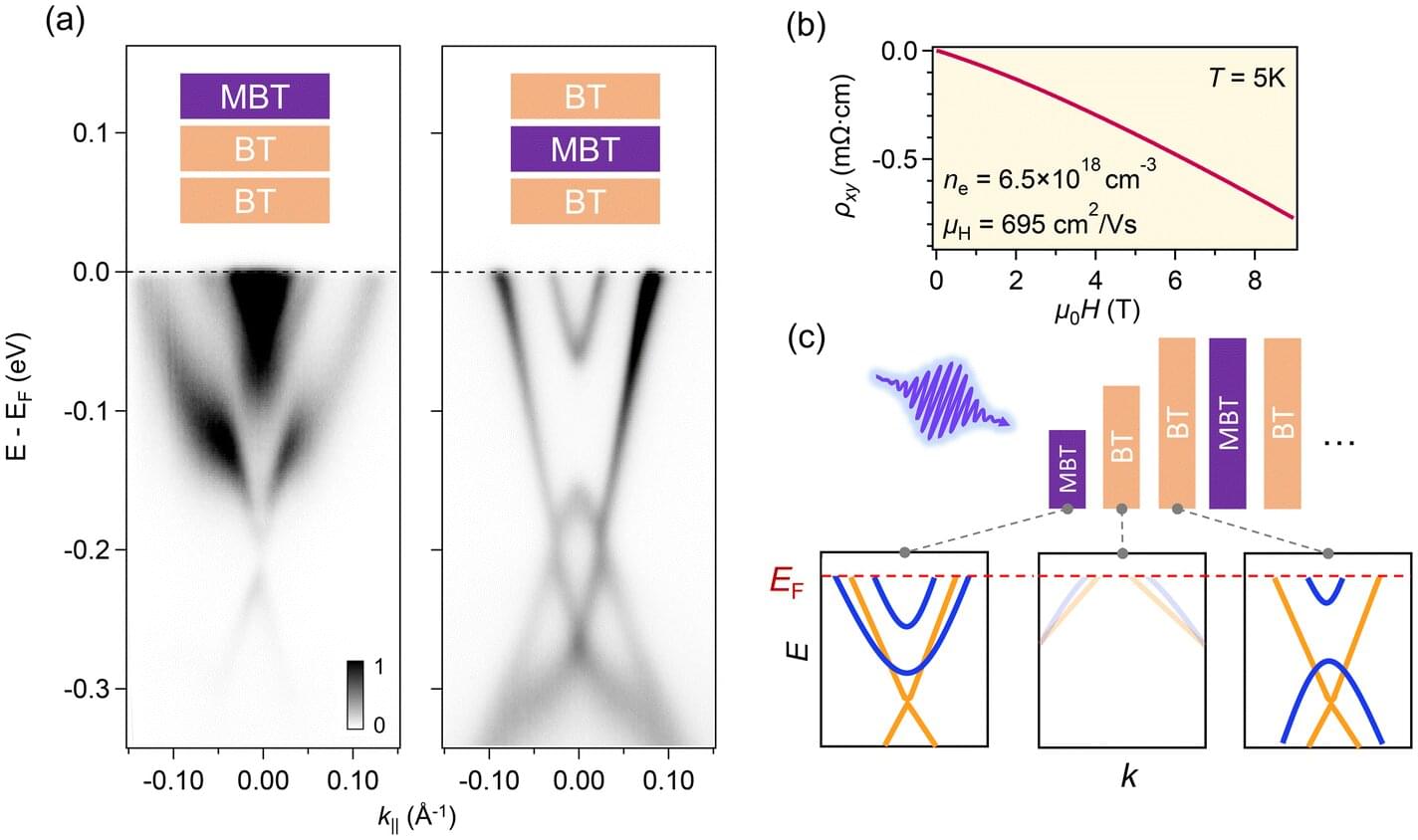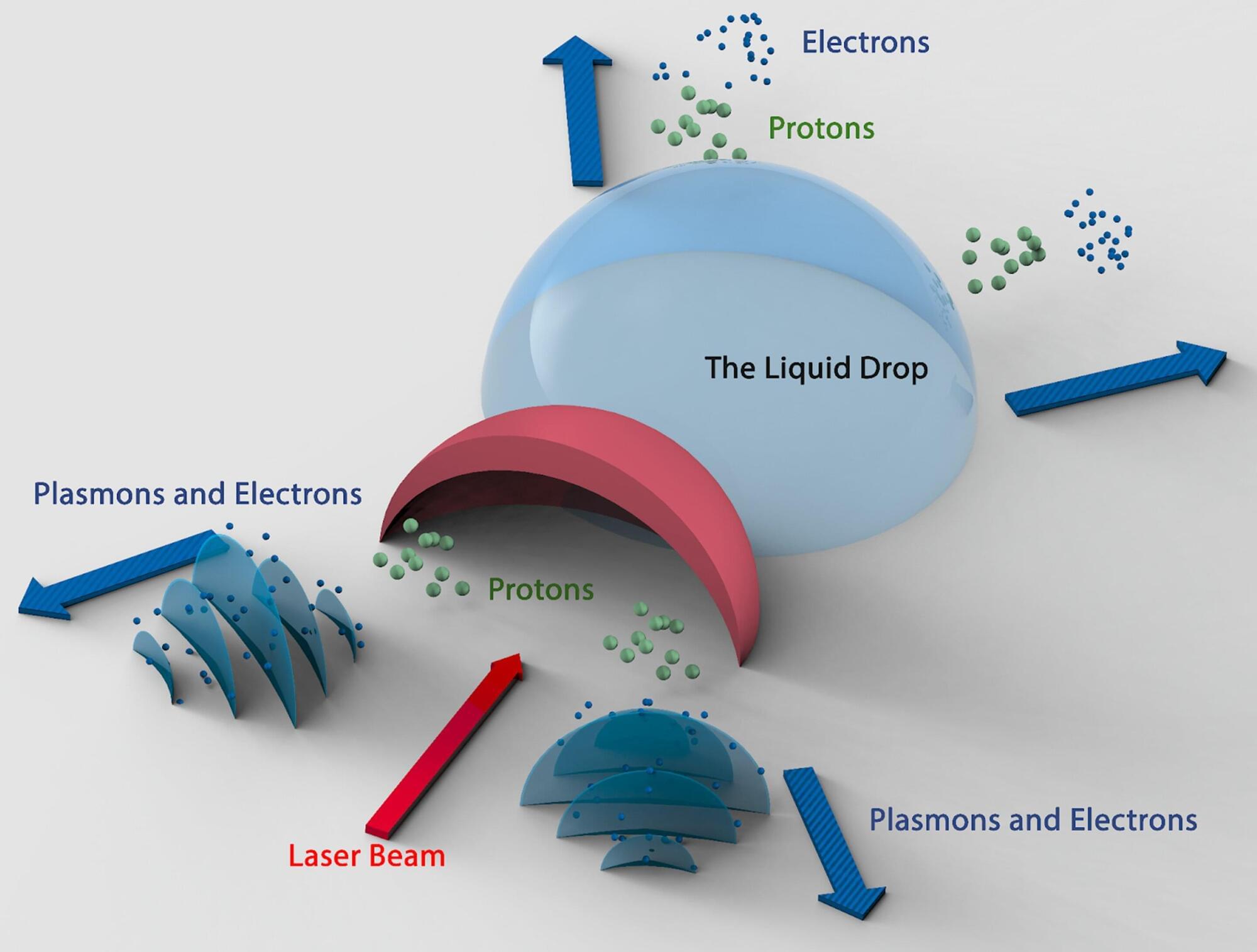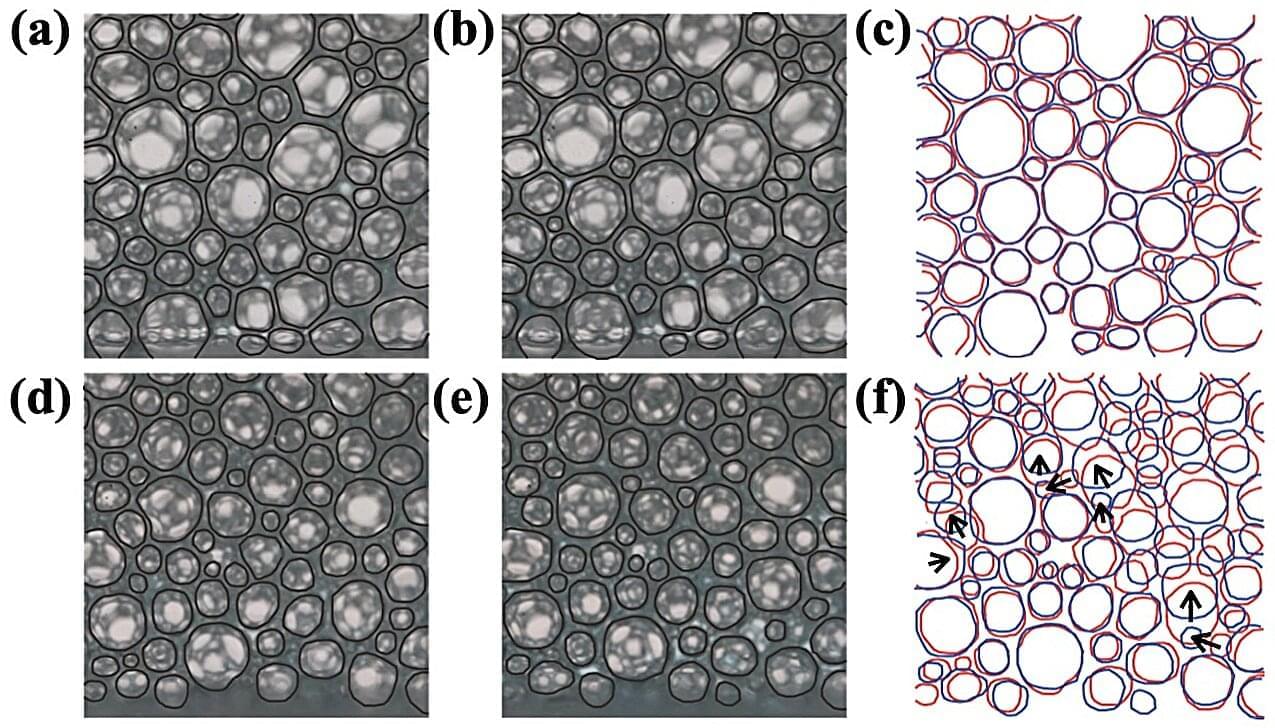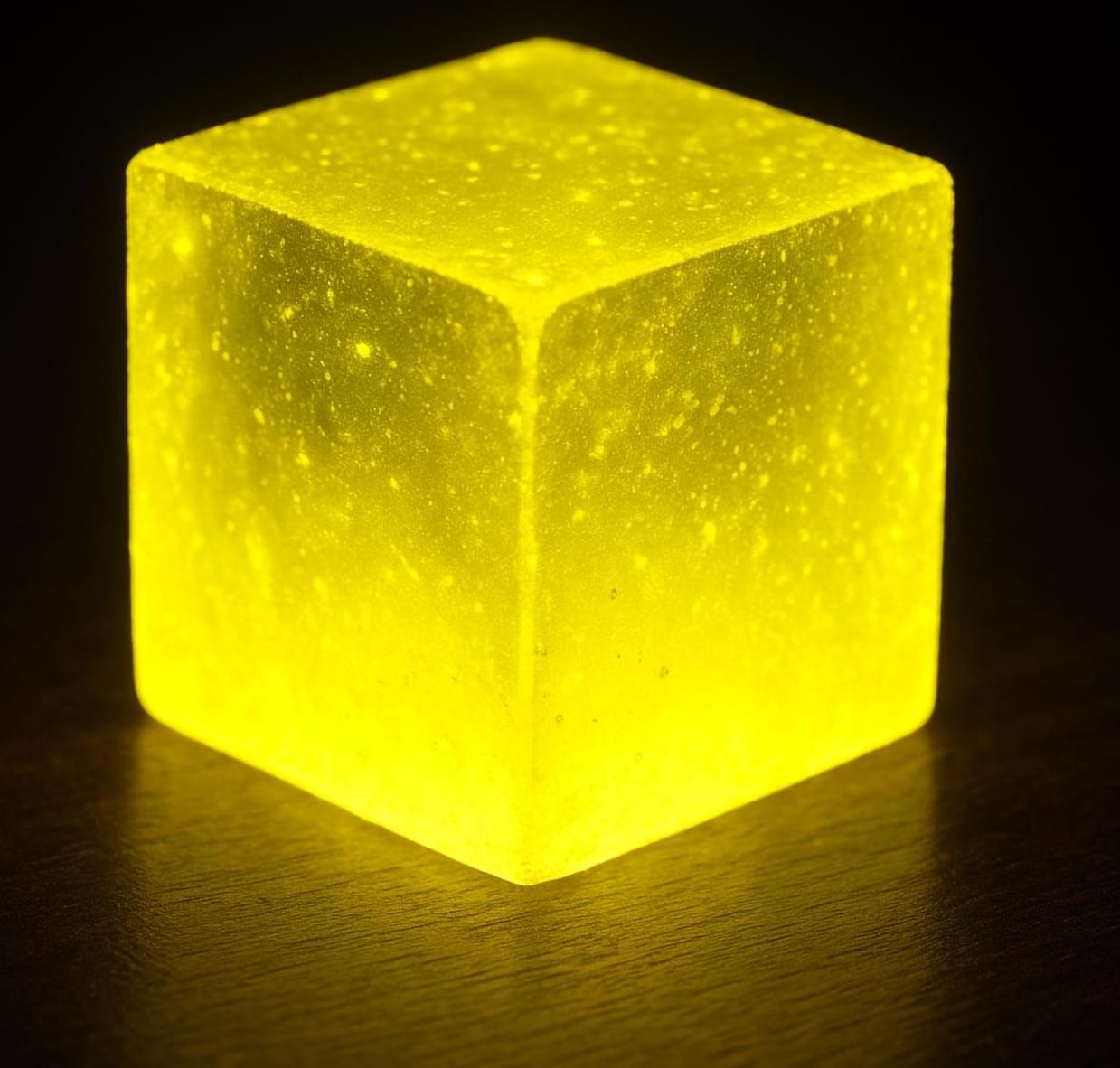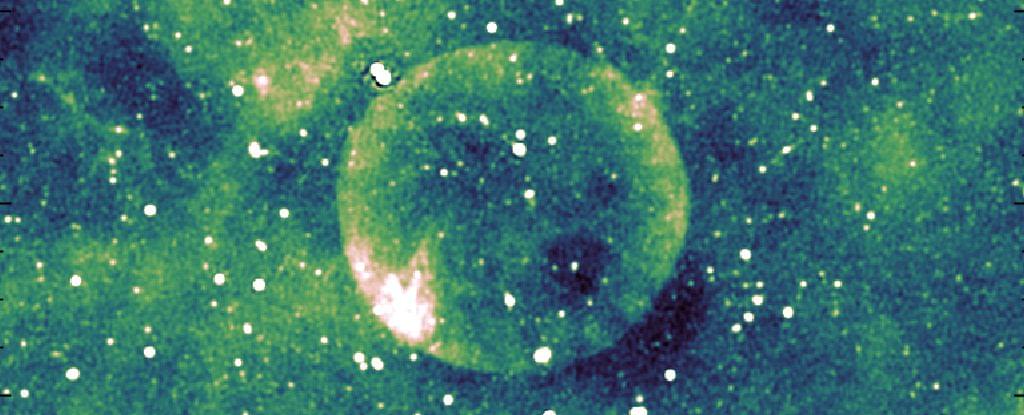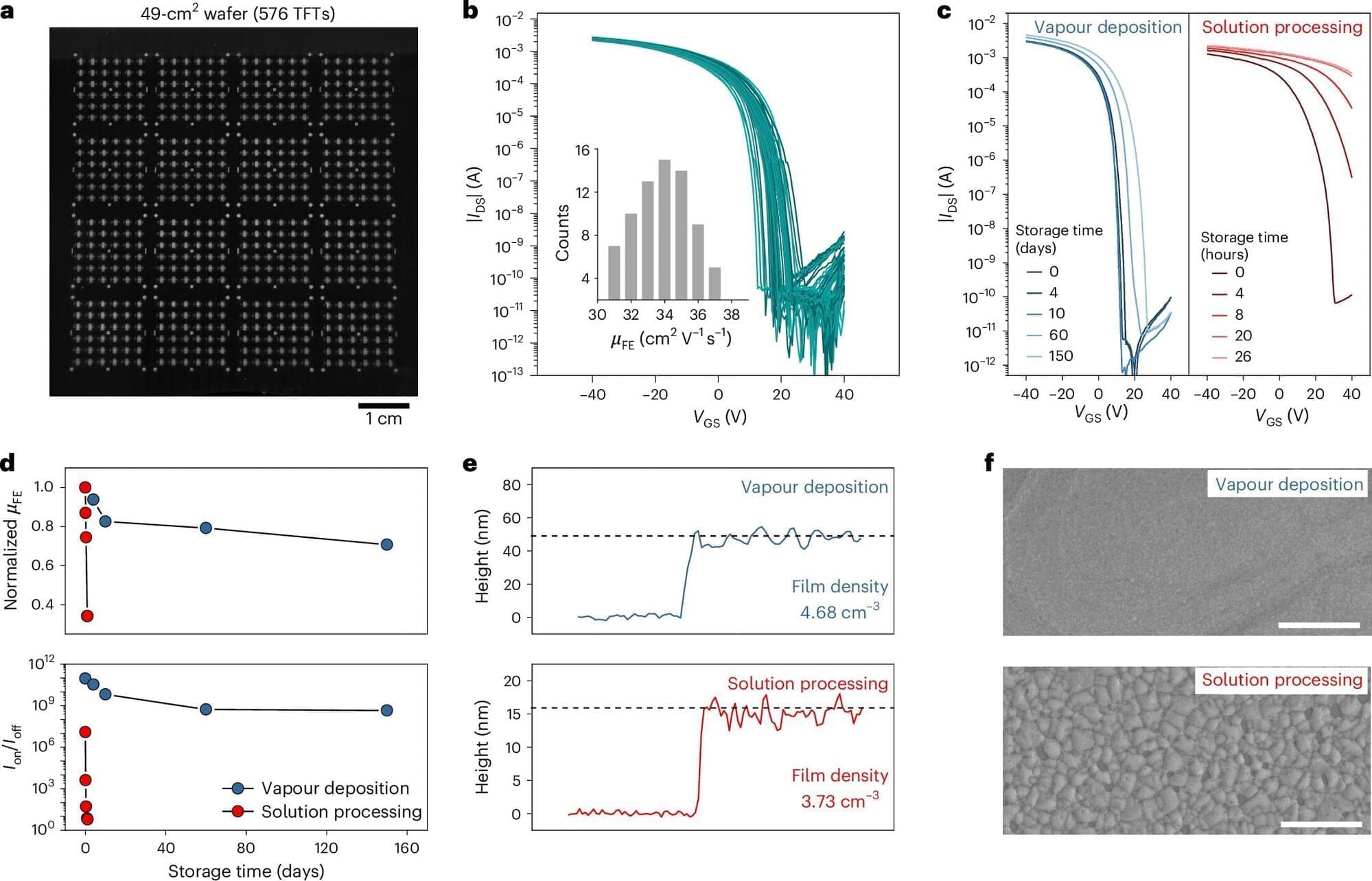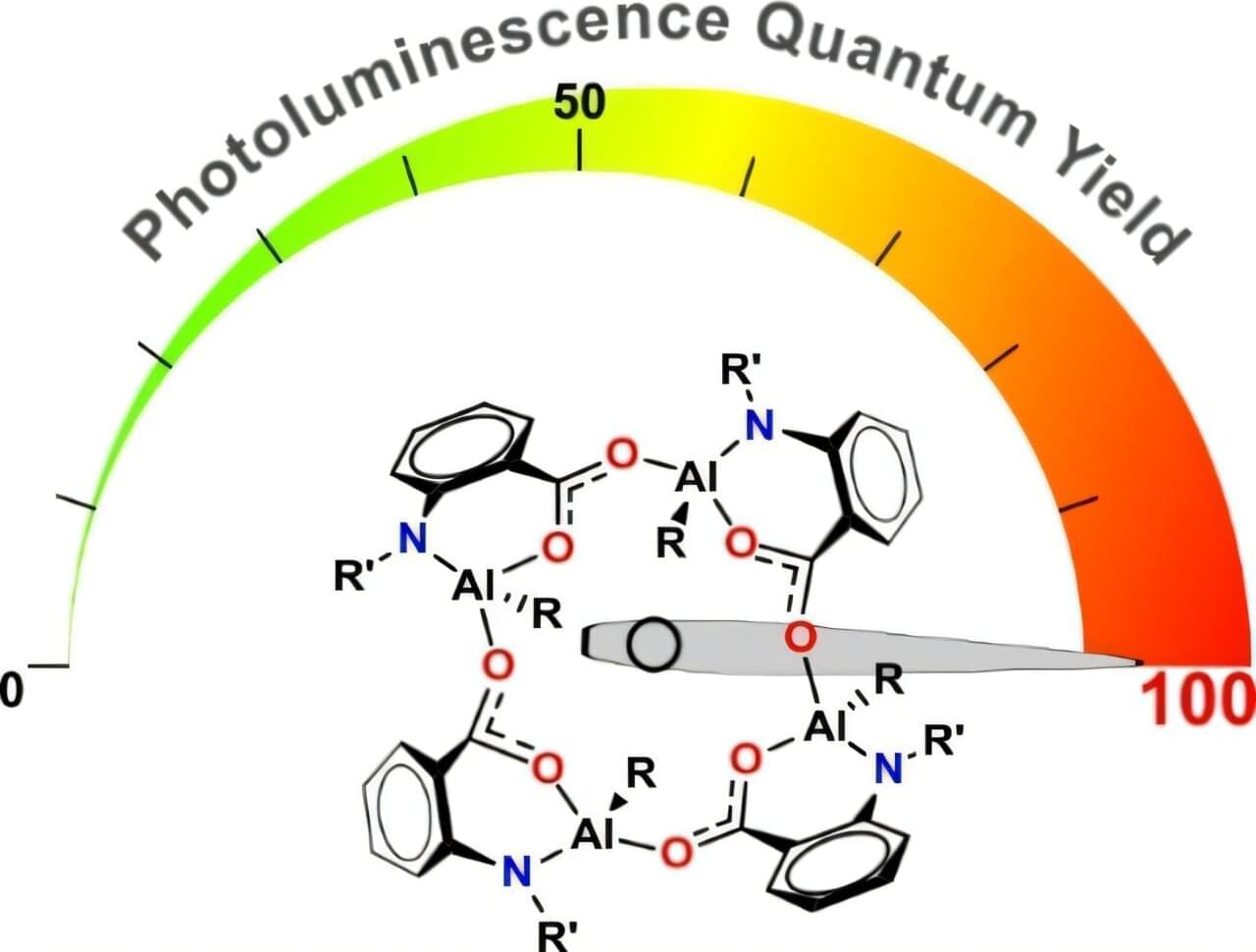Scientists studying a promising quantum material have stumbled upon a surprise: within its crystal structure, the material naturally forms one of the world’s thinnest semiconductor junctions—a building block of most modern electronics. The junction is just 3.3 nanometers thick, about 25,000 times thinner than a sheet of paper.
“This was a big surprise,” said Asst. Prof. Shuolong Yang. “We weren’t trying to make this junction, but the material made one on its own, and it’s one of the thinnest we’ve ever seen.”
The discovery offers a way to build ultra-miniaturized electronic components, and also provides insight into how electrons behave in materials designed for quantum applications.
